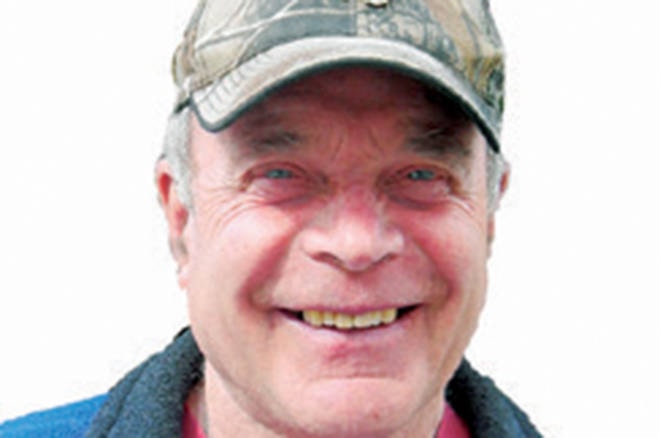A few hunting seasons back, just past the general store at Cherryville, a young gal was holding up an antenna at the bridge over Cherry creek.
I pulled over and asked her what she was tracking. There was an owl study being done, and one of her banded GPS birds lived in that location.
For a number of years now, government wildlife biologists, in conjunction with universities and First Nations, have been collaring and tracking different species, including wolverines, moose, grizzly, black bears and wolves.
In the big picture, forest fires, increased timber harvest and more roads into the backcountry have resulted in a loss of prime habitat that many species call home. Over-harvest of game animals has been the downside in many cases, and disturbance of natural setting the other, with high numbers of predators, cougars and wolves, taking down populations of deer, moose and elk in particular.
Related: Column: Healthy hunting and our four-legged friends
From the Kootenays to the North, to the Okanagan, the past hunting season has seen a diminished number of game animals taken.
I presume, for most of the above reasons, one of the most sought-after game animals is the white tail deer. But, in Region #8 and #3, most ethical hunters are very angry that biologists for the past few seasons have allowed extended doe seasons. It now shows very few animals in either region. Coupled with high predator numbers, it’s been devastating.
Mule deer numbers are also in trouble. Graduate student Chloe Wright, who took her master’s degree on whitetail deer in the U.S., is now tracking 65 mule deer in three region’s here in B.C. Where whitetail deer move very little, mule deer travelled up to 85 kilometres in May then, late September to October, migrated back to winter range. The deer are highly motivated for high-quality food. In March-April, does were captured and collared at Peachland and Summerland (11), Kettle and Granby (21) and Elephant Hill north of Kamloops (32). The results of the study so far shows human development and forestry is making animals less mobile, and therefore not able to obtain desirable foods.
Adam Ford, assistant professor with UBC Okanagan’s faculty of science, found does captured in spring had very little body fat. Meantime, Wright has recorded 73,584 GPS locations from the collared deer, with 1,136 locations each.
The project is sponsored by the B.C. government/Okanagan Nation Alliance/Habitat Conservation Trust Fund and the University of Idaho. Go to projects@bcwf.bc.ca.
@SalmonArm
newsroom@saobserver.net
Like us on Facebook and follow us on Twitter
